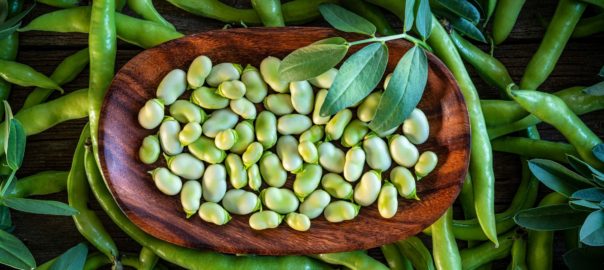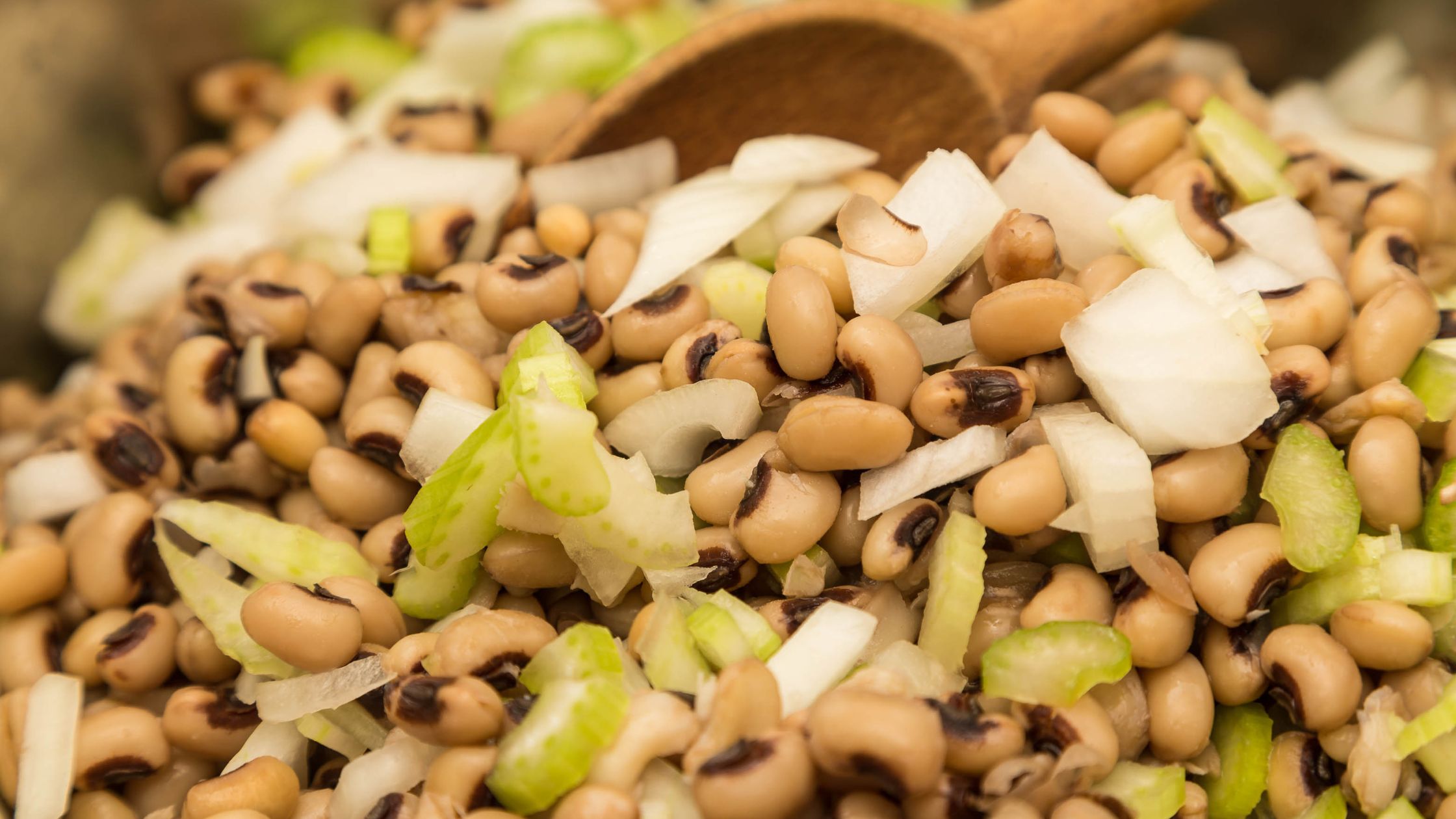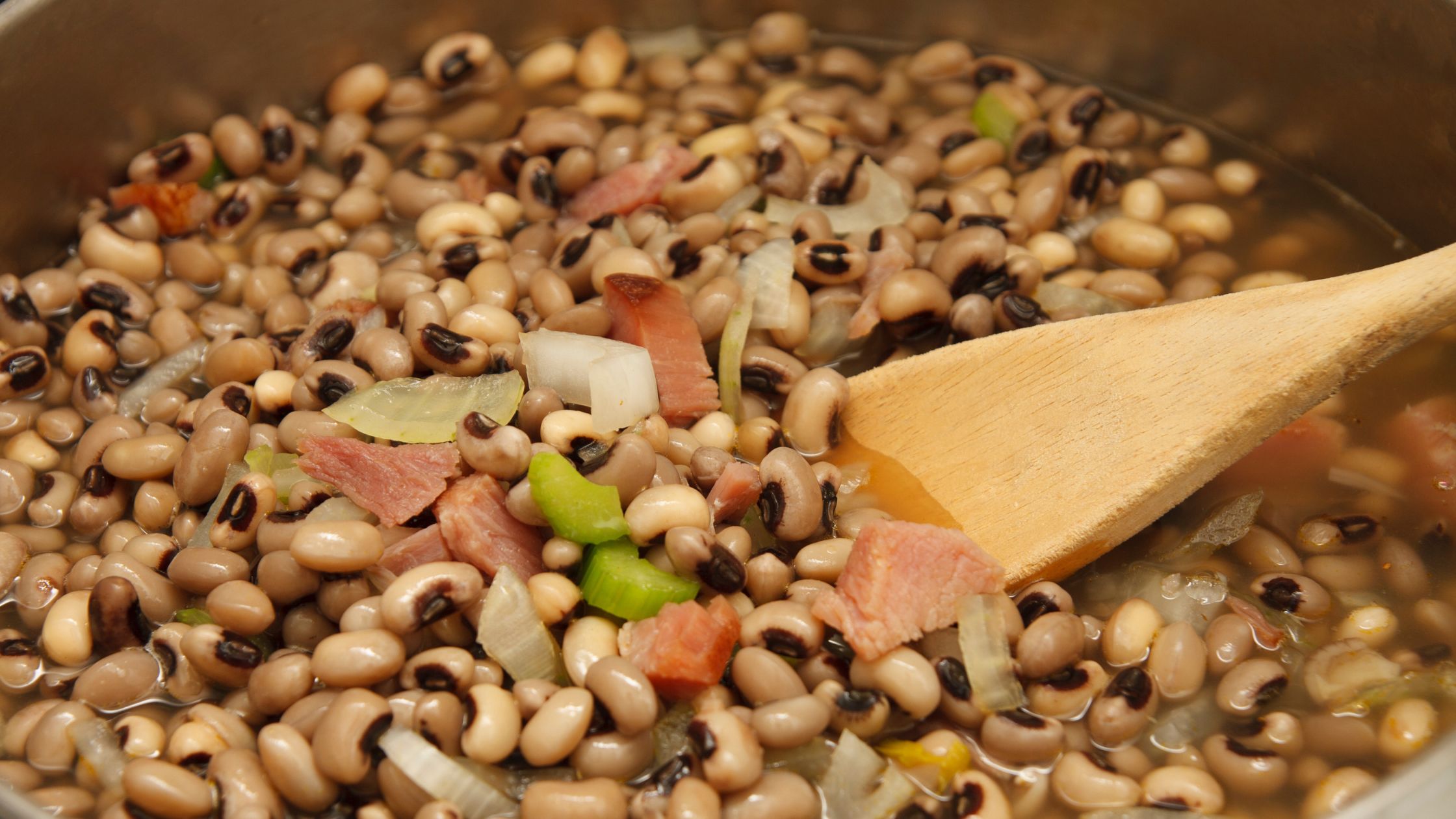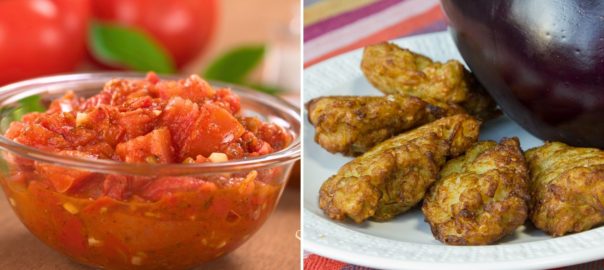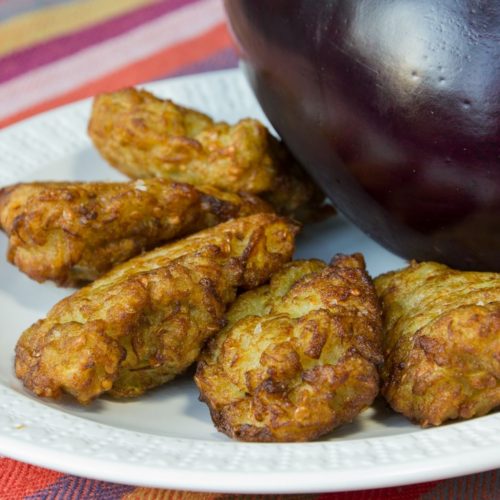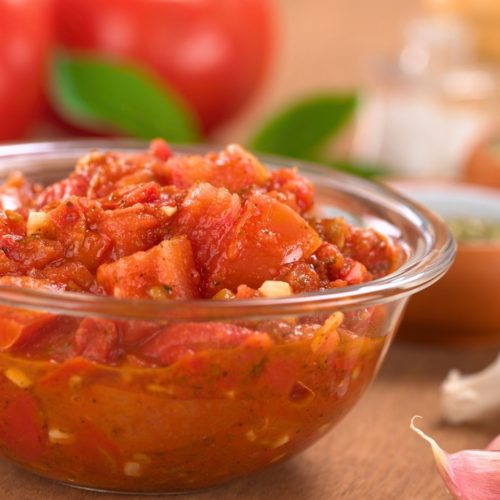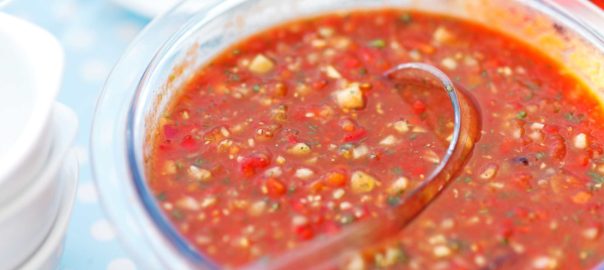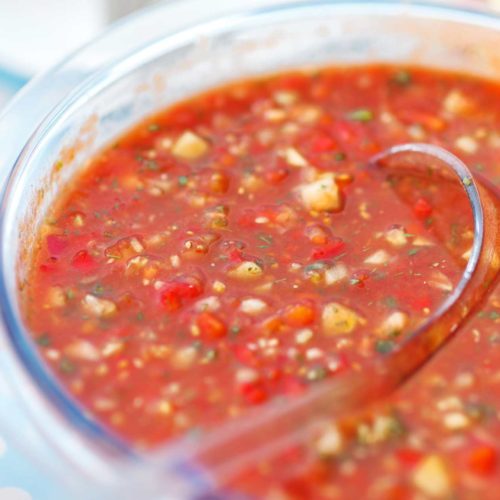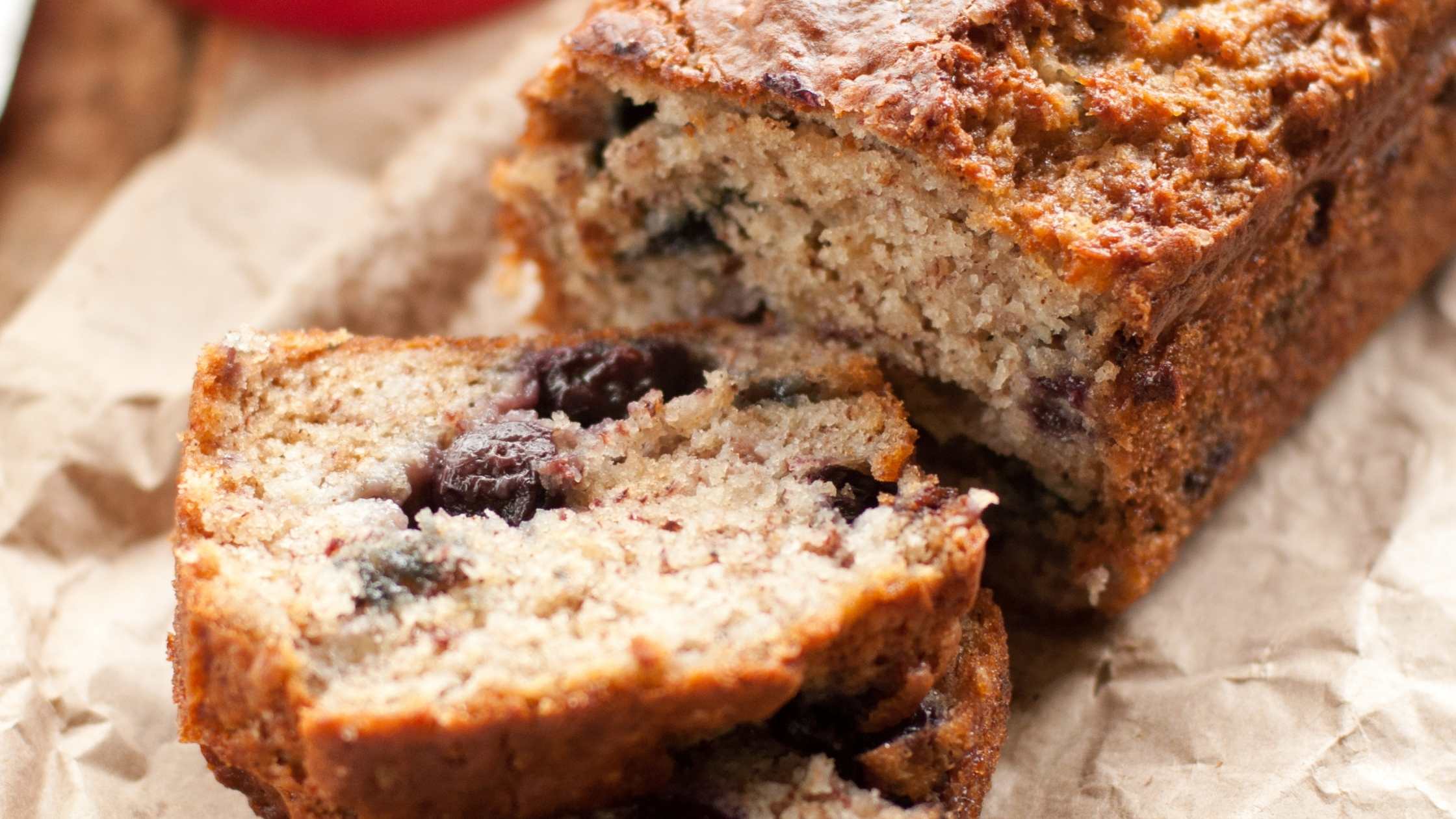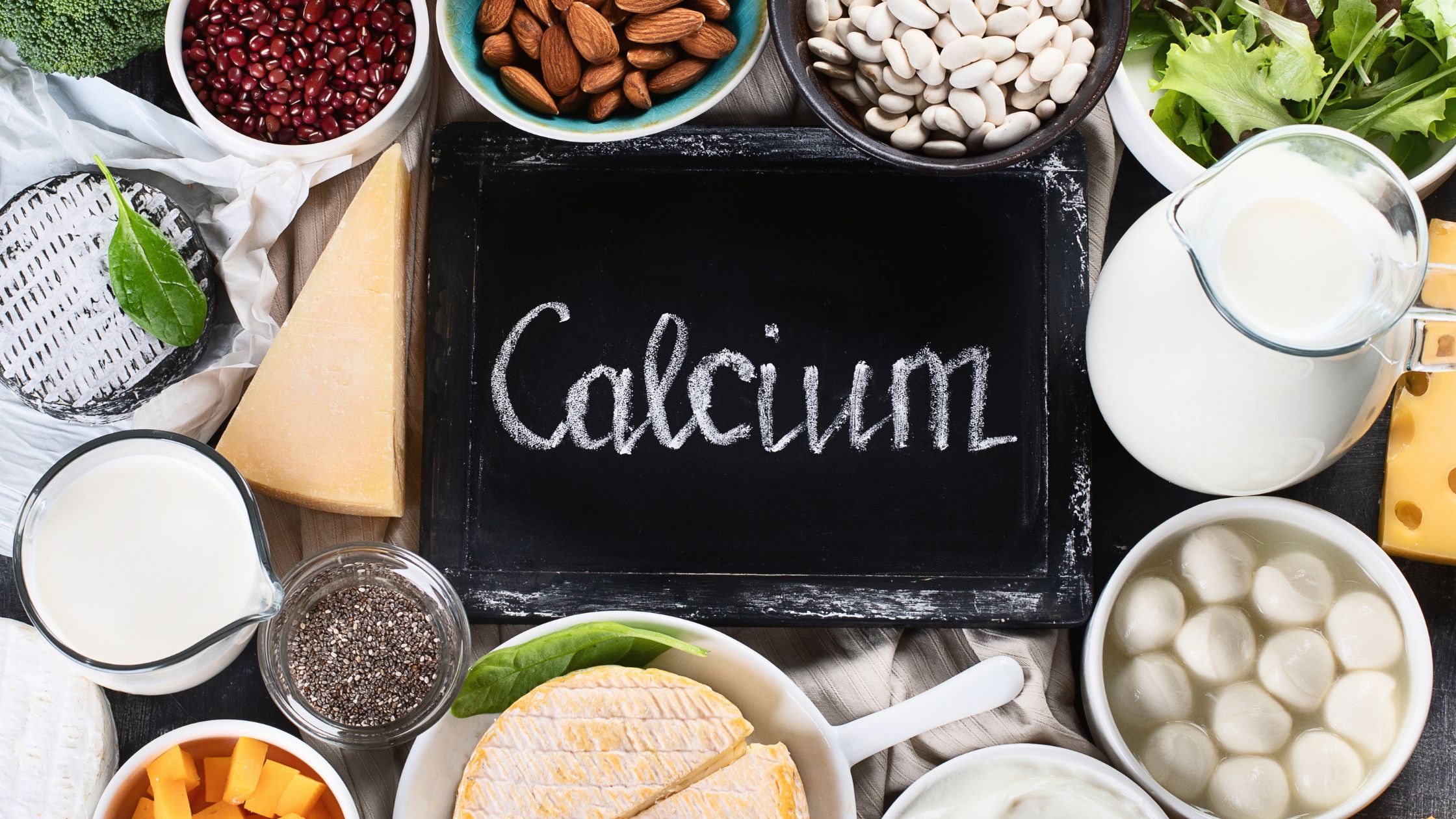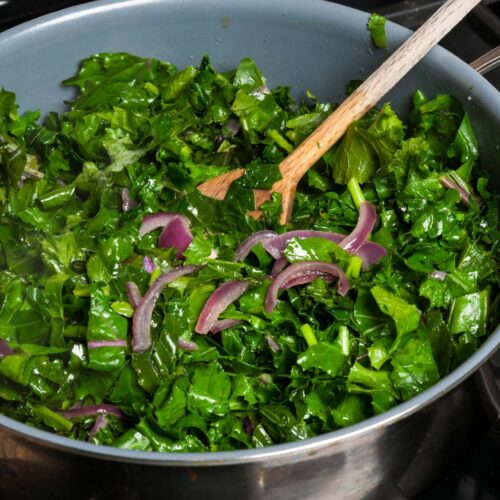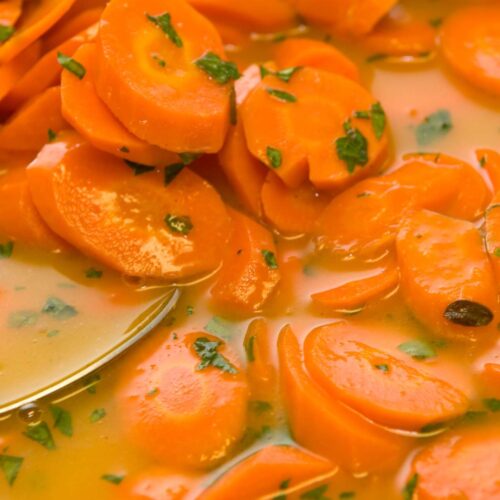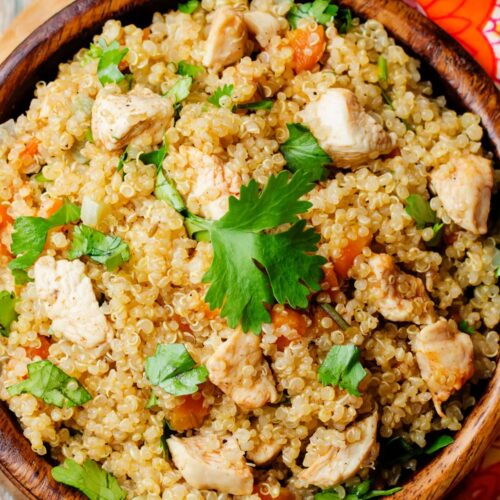Recently we had a our friend Eric over for dinner. As part of the meal we served this lima bean dish which is one that everyone likes. Eric not only had seconds, he asked for the recipe. I figure anytime you have a teenaged boy willingly eating lima beans and asking for more you've got a recipe that is a definite keeper.
- An excellent source of iron, one cup offers nearly 25% of the daily recommended intake
- Protein - one cup of lima beans can provide 15 grams of protein
- A wonderful source of folate which is an important B vitamin that is vital for DNA synthesis and repair while also supporting cellular and tissue growth
- Rich in isoflavones which have been shown to be anti carcinogenic for breast cancer
- A good source of potassium which supports protein synthesis and carbohydrate metabolism as well as supporting nerve and muscle function
- There’s a good amount of manganese in lima beans; this co-enzyme supports metabolic activity as well as bone health
- Also a good source of magnesium which is required for over 300 enzymatic functions in the body
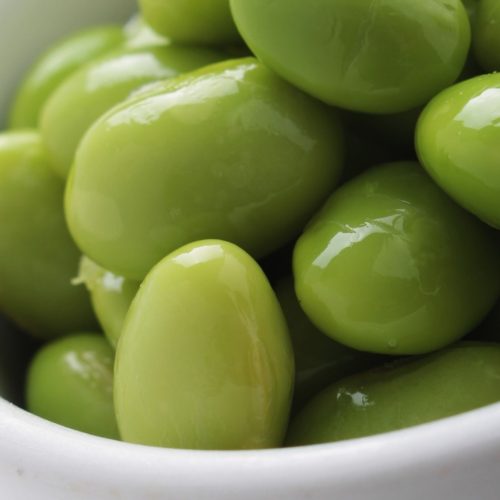
Luscious Limas
Ingredients
- 1 med. red onion diced
- 2 ribs celery diced
- 2 C. lima beans
- 1/2 C. vegetable broth
- olive oil
- 1 t. nutritional yeast
- salt and pepper
Instructions
- Saute the onion in the olive oil until just starting to soften
- Add the celery and saute 2 more minutes
- Add the lima beans and vegetable and cook on med-low until limas are cooked through
- Add extra broth if needed
- Sprinkle with nutritional yeast
- Add salt and pepper to taste

